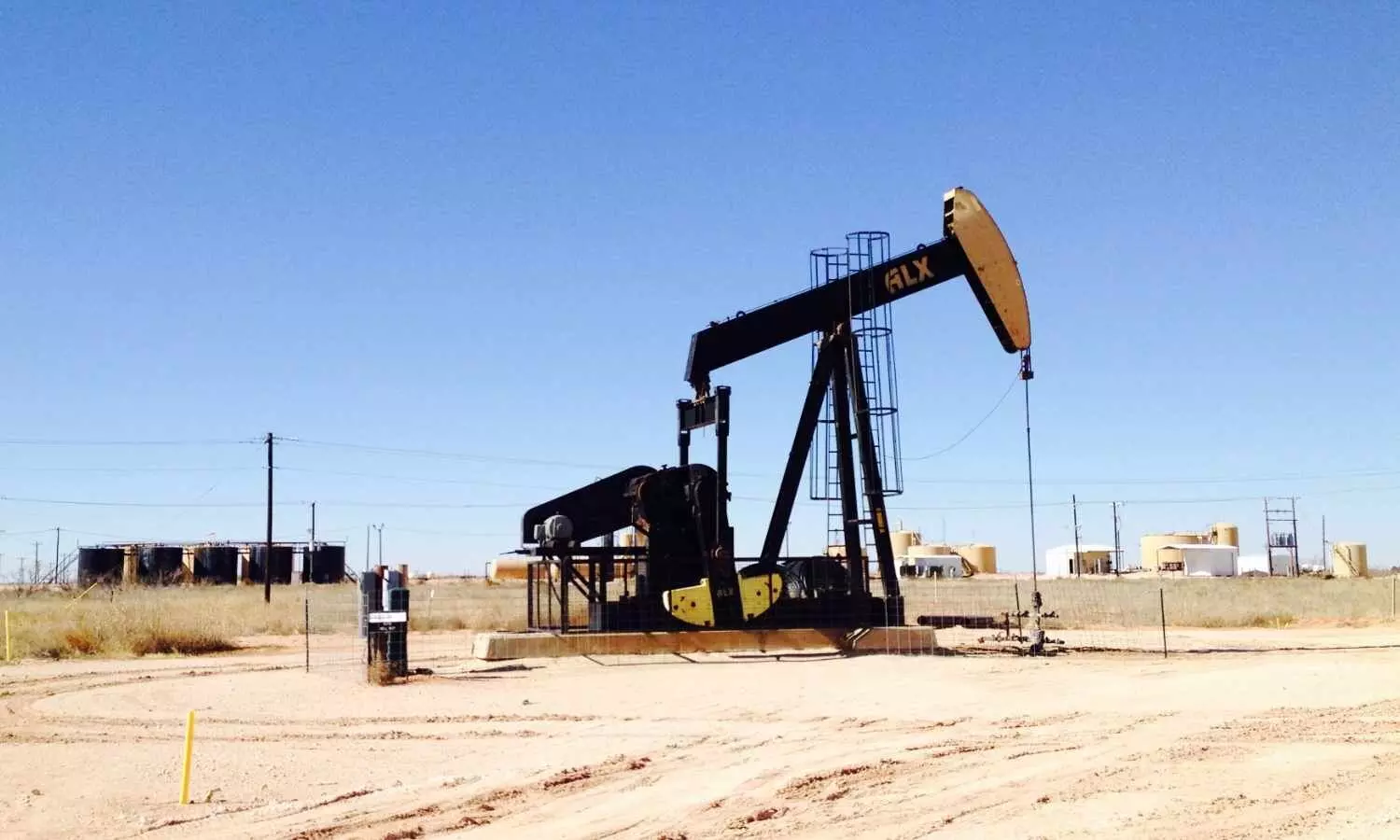Iran–Israel Conflict Sends Crude Oil Prices to 5-Month High | Brent Tops $76
Crude oil prices surge as the Iran–Israel conflict escalates, pushing Brent crude above $76—a near 5-month high. Analysts predict more upside amid rising geopolitical tensions and supply concerns.
Iran–Israel Conflict Sends Crude Oil Prices to 5-Month High | Brent Tops $76

Crude oil prices remain elevated for the sixth consecutive day as geopolitical tensions between Iran and Israel show no signs of easing. Investors and analysts are closely monitoring the situation, fearing potential disruptions to Iran’s crude exports of 1.5–2.0 million barrels per day (mmbpd) out of its total output of 3.4 mmbpd.
On Wednesday, West Texas Intermediate (WTI) crude rose 0.64%, following a sharp 4.3% surge on Tuesday, marking its highest price since January. Similarly, Brent crude futures climbed another 0.5% after gaining 4.4% in the previous session, reaching $76.70 per barrel a level not seen since February 2025.
🔥 Rising Geopolitical Tensions
The sharp rally in oil prices is largely driven by fears of a broader Middle East conflict. Hostilities between Iran and Israel have intensified since Friday, with both countries escalating military strikes. The situation took a sharper turn after U.S. President Donald Trump issued a strong statement on Tuesday demanding Iran’s “unconditional surrender” and warning of a possible strike against Ayatollah Ali Khamenei.
Although the White House maintains that the U.S. is not directly involved, Trump’s remarks point toward a more assertive stance, hinting at potential American intervention in support of Israel.
According to military sources, U.S. weapons are expected to play a critical role if a full-scale attack is launched on Iran’s nuclear infrastructure something that Israel might be unable to accomplish on its own. Meanwhile, Israeli forces have confirmed new strikes near Tehran, along with interceptions of incoming missiles from Iran.
🌍 Oil Market Reaction and OPEC Outlook
While markets remain on edge, OPEC expressed optimism about the global economy’s resilience in H2 2025, despite ongoing geopolitical and trade tensions. However, the organization has trimmed its 2026 forecast for non-OPEC+ oil supply growth, suggesting a potential tightening in the energy market.
Notably, U.S. shale production referred to as tight oil is now expected to remain flat at 9.05 million bpd in 2026, down from earlier projections. Meanwhile, OPEC+ has agreed to raise oil production by 411,000 bpd in July 2025.
⚠️ Strait of Hormuz and Supply Disruption Risk
Adding to oil market concerns is the threat of a possible closure of the Strait of Hormuz a vital maritime route for global oil shipments. While experts currently assess this risk as low, any significant disruption could send oil prices soaring.
💹 Price Forecast: Brent May Rise, But Capped Below $80
Analysts warn that if Iran’s oil exports are disrupted by 0.5–1.0 mmbpd, prices could jump by $5–$10 per barrel, pushing Brent crude into the $75–$80 range. However, most market watchers including JM Financial believe prices are unlikely to break significantly above the $80 threshold.
Their rationale: a projected global surplus of 1–2 mmbpd in CY25. Contributing factors include:
- Higher output from non-OPEC+ producers
- Reversal of OPEC+’s 2.2 mmbpd voluntary production cuts
- Availability of 2 mmbpd spare capacity from Saudi Arabia and 1 mmbpd from the UAE
With strong U.S. Saudi ties in play, this spare capacity could be deployed quickly to stabilize global markets in the event of a supply shock.

